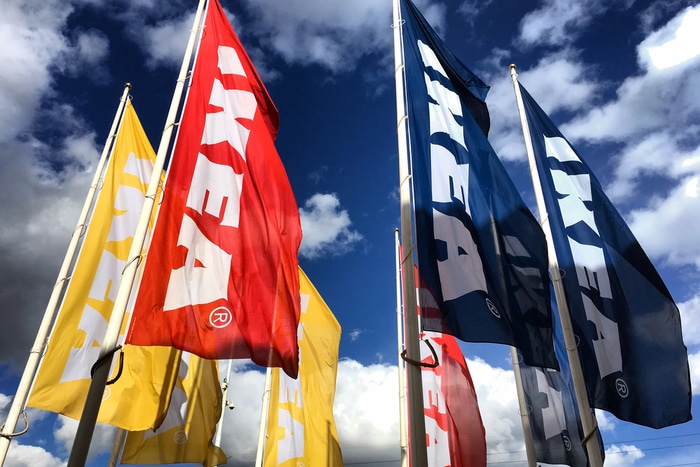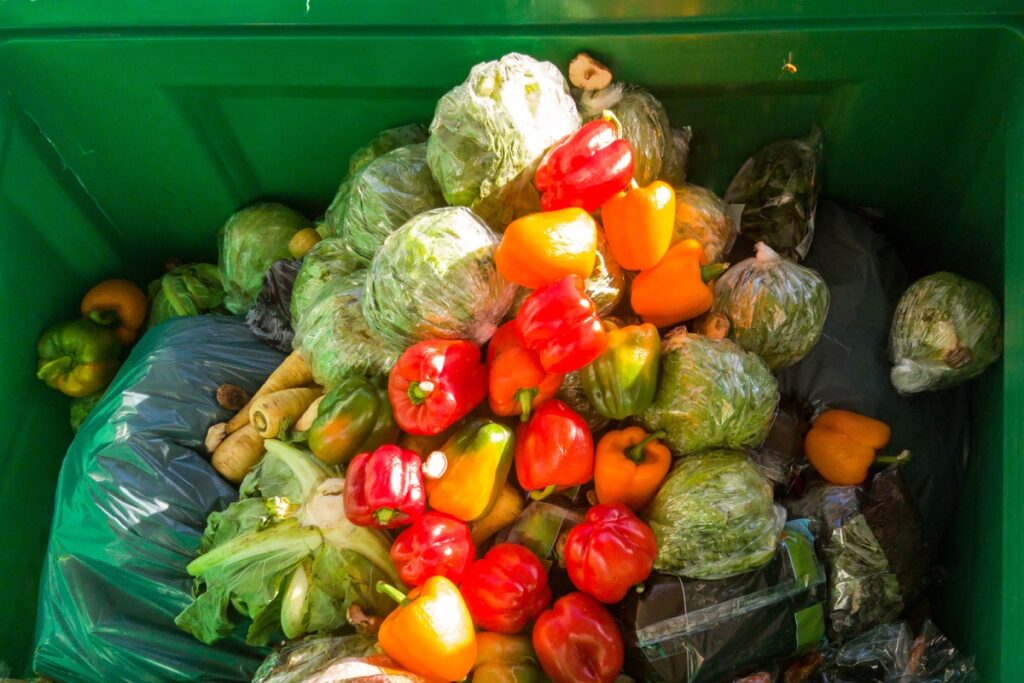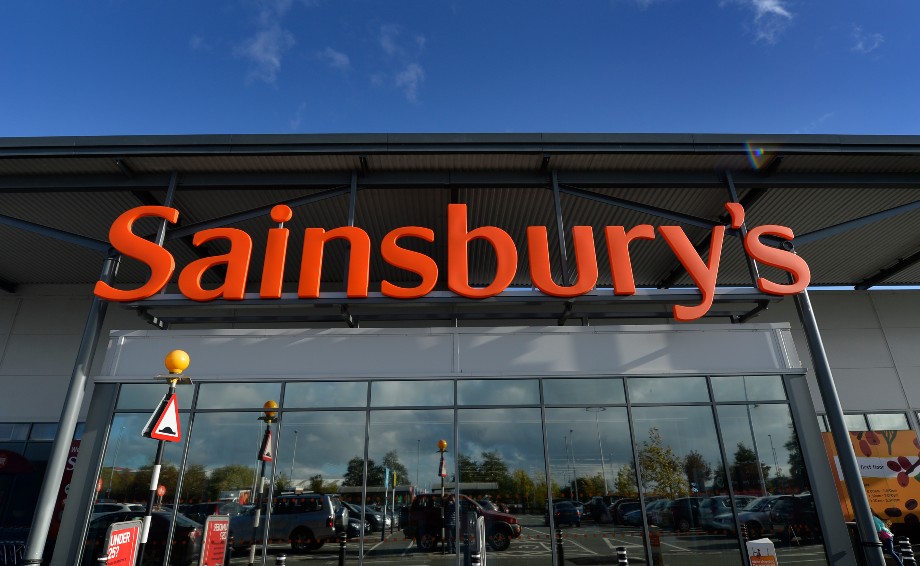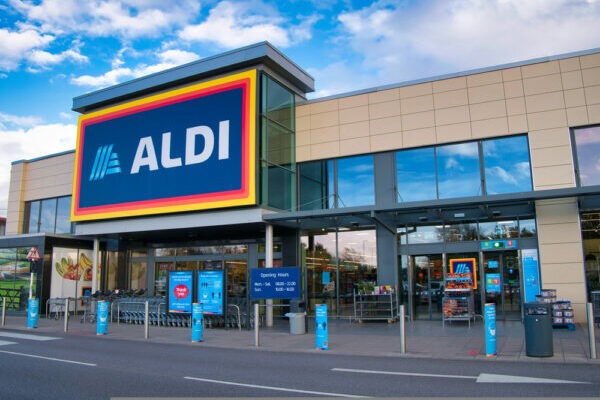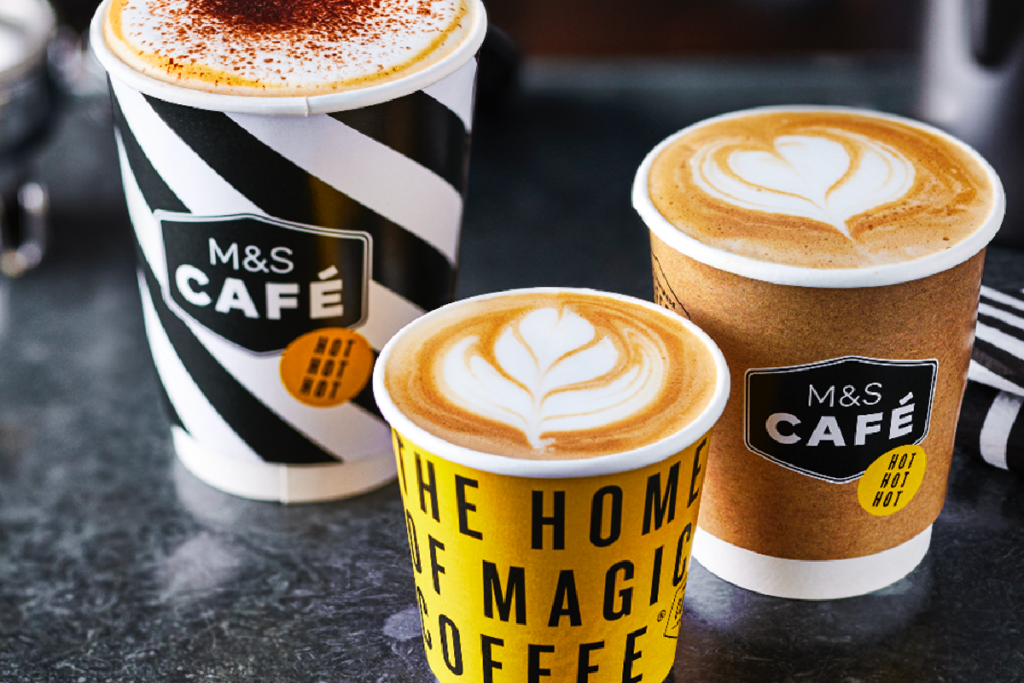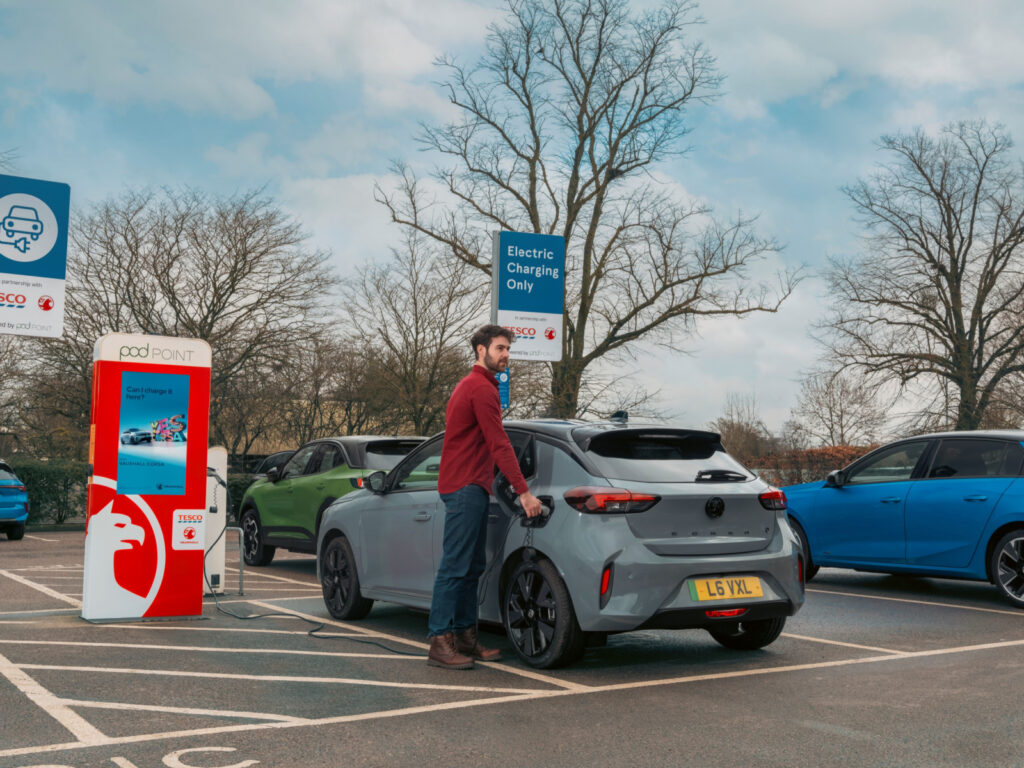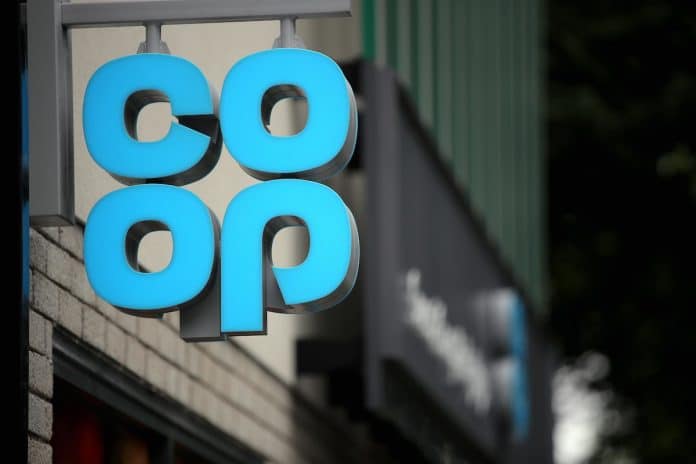Late last year, in the run-up to the COP 24 climate policy conference in Katowice, Inter Ikea chief executive Torbjorn Loof announced that he hopes for “a leadership that steps up, sets clear targets and dares to nail a number of commitments without us having all the solutions”.
He made it clear that Ikea is aiming to take a lead in climate action as a business, urging policymakers and politicians to match this kind of commitment. Ikea’s pledge on climate action sets very demanding goals for the business: to cut greenhouse gas emissions from its production systems by 80 per cent in absolute terms by 2030 from their levels two years ago. In other words, the Swedish furniture retail giant is aiming for a cut of 2.72 million tonnes CO2e from a baseline of 3.4 million tonnes of CO2e.
This pledge forms part of Ikea’s wider ambition to turn the world’s biggest furniture group into what Ikea calls a “People and Planet Positive” business.
To be planet-positive in Ikea’s sustainable business philosophy means giving more back to the environment and society than you actually take in the course of running your enterprise. It also means being guided by science in setting goals for corporate action. There remain many uncertainties in ecological science, but we understand enough about the pressures on our environmental life support systems to be able to set targets accordingly – especially where the risks of climate disruption are concerned. Almost all climate scientists today agree that the international community need drastically to reduce CO2 emissions in the next 10-20 years in order to allow our planet to sustain our civilisation. A planet-positive company also needs to minimise waste and keep resources flowing in a circular economy of reuse, repair and renewal – hence Ikea’s grand ambition in its People and Planet Positive strategy to be a circular economy business by 2030.
Being planet-positive also has a social dimension. To become a people-positive enterprise is a demanding and radical undertaking. It is hard enough to base sustainable business strategy on physical laws and ecological dynamics, but the human dimension of sustainability involves understanding how our behaviour is often irrational, highly complex – and rarely occurs in predictable linear ways. To become a sustainable enterprise involves influencing the consumer demand side of the business as well as the material supply side. That means understanding the barriers to more sustainable living by consumers, and designing new ways to build a relationship with them to promote sustainable ‘pro-environmental’ consumption.
“To become a sustainable enterprise involves influencing the consumer demand side of the business as well as the material supply side”
To take on this challenge, Ikea UK & Ireland teamed up with experts in pro-environmental value and behaviour change: the environmental charity Hubbub UK and researchers at the Centre for Environment & Sustainability at the University of Surrey. This collaboration helped design and evaluate a three-year project to change unsustainable behaviours and to improve understanding of how Ikea can help its customers to live a more sustainable lifestyle at home, and make the vision come true to make healthy and more sustainable living more accessible, affordable, and a little more interesting.
Over three years, ending last year, Ikea ran this behaviour change initiative under the name Live Lagom. Picking a Swedish word for its products and services follows a long tradition. The word “lagom” comes from the Swedish proverb “lagom ar best”, which loosely translates to “the middle way is best”. In relation to consumption, it implies that “the right amount is just enough”. In short, lagom refers to an ethic and culture of sufficiency, not maximisation of consumption. The research project proved successful as a proof of concept, and Live Lagom is now a corporate programme in Ikea UK and Ireland.
During the three years of the initiative, Ikea sent an email each October inviting its Ikea Family members to join the Live Lagom project. Following a short application process, between four to eight households started on their journey in the following 10 months in one of the 19 different locations where Ikea operates a store across the UK and Ireland. During this time all households received expert advice on how to live more sustainably at home, took part in workshops that aimed to generate more awareness and create important skills, and were also invited to join a closed Facebook group to discuss their progress and to blog, exchange ideas and offer tips with other participants.
To analyse what happened during this time, participants filled in baseline and follow-up questionnaires over the course of the project. As an incentive Ikea provided the participants with a voucher that they were allowed to spend on a range of products that can help participants to live more sustainably. Examples include LED light bulbs, shower timer, but also food containers among others. A large dataset – with qualitative as well as quantitative data – was generated, and in-depth analysis was done.
To allow participants a convenient and welcoming means of entry to the project and the challenge of changing their behaviours, Ikea asked them initially to come up with an area in their lives they wanted to change. This could be saving energy or water, avoiding food waste or re/upcycling things. All of these areas require change in a set of behaviours.
And indeed, throughout the three years we found that participants did change their behaviours. However, some of them found change in particular areas easier than in others.
Which factors made behaviour change easier or harder for participants? Collecting and analysing both survey data and text from the blog posts which the participants wrote, and drawing on interviews we conducted, helped shed more light on this question.
Together with my co-authors Dr Birgitta Gatersleben (School of Psychology) and Ian Christie (Centre for Environment & Sustainability) from the University of Surrey, I published some of our findings in the Frontiers of Psychology journal. We found that some participants went beyond their initial goals: a so called spillover effect. Our study shows that the likelihood of this can be increased through the facilitation of a variety of factors. For example, enhancing a participant’s sense of motivation. People were motivated by a range of factors: such as their childhood experiences and especially evocative memories. Others were not motivated by experiences but by concerns about the future: for instance, many were anxious about the future world for their children, and thus wanted to learn how to change their lifestyles to ensure that their children and grandchildren have the prospect of an equally good or even better life.
Another important factor is that participants needed to feel in control of their behaviour changes. Whereas a lot of household behaviours are “automatic” (eg switching off lights) and require little awareness, this is not the case for behaviour changes beyond the “easy” category. Changing these household practices – such as over-buying food and having a lot of food wastage – requires awareness and also a level of competence in planning, plus commitment to stick to more complex changes.
Understanding oneself as part of something bigger demands the person to adapt their behaviour
Moreover, our findings suggest that those who feel more connected to other participants (ie: they have a sense of a shared identity) were more likely to change other behaviours beyond their initial focus area. Understanding oneself as part of something bigger demands the person to adapt their behaviour, so that they are clearly self-identifying as a member of the movement. The research also showed that the co-creative approach between Ikea and the Live Lagom participants created commitments on both sides to make efforts for continuous improvement.
The Live Lagom programme has high ambitions to promote sustainable living, but is grounded in an awareness that many consumers have a perception of pro-environmental consumption choices as likely to be inconvenient, expensive and burdensome. An effective change programme needs to begin where people are – and often that means starting with “easy” changes and new practices that can lead to quick and welcome savings in money, like reductions in food waste and in utility bills. Through behavioural changes they tried in the programme, participants saved resources and money. In year three for example, participants reduced their electricity usage by around 14 per cent. This allowed them to save an average of £70 on their energy bill, which equates to around 317kg CO2. Similar self-reported savings occurred for water and gas. The greatest savings occurred with regards to food waste, when participants spent around 35 per cent less on food.
The research shows that through a co-creative approach, a company can act as a positive force by facilitating consumers’ sense of commitment to pro-environmental action. Many of the participants were motivated to change their lifestyle in the first place, whether because of their children or for other reasons as outlined above. Motivation is important to make the effort to build a basis in the form of capabilities to live a sustainable lifestyles that allows one to live more sustainably. This includes knowledge skills, confidence and the means to practise the new behaviours.
We found that participants often committed themselves to the idea of a more sustainable lifestyle because of the connectedness to other, like-minded people and the increase in awareness and knowledge they developed through the interaction with others – including with the IKEA team during workshops and with other participants on the closed Facebook page, where ideas were regularly exchanged.
As a result, the project provides fresh evidence that people can save resources through the help of a company that set itself the goal to become people and planet-positive. This approach was recently recognised during the EDIE Awards where the Live Lagom project won the price for CSR Engagement campaign of the Year.
It is a journey Ikea embarked on – a process that requires co-creational leadership that allows others to step up.
Patrick Elf is the Research Lead for Ikea’s Live Lagom project and currently pursuing his PhD at the Centre for Environment & Sustainability at the University of Surrey.
Click here to sign up to Retail Gazette‘s free daily email newsletter

